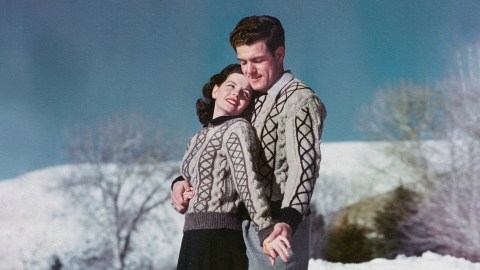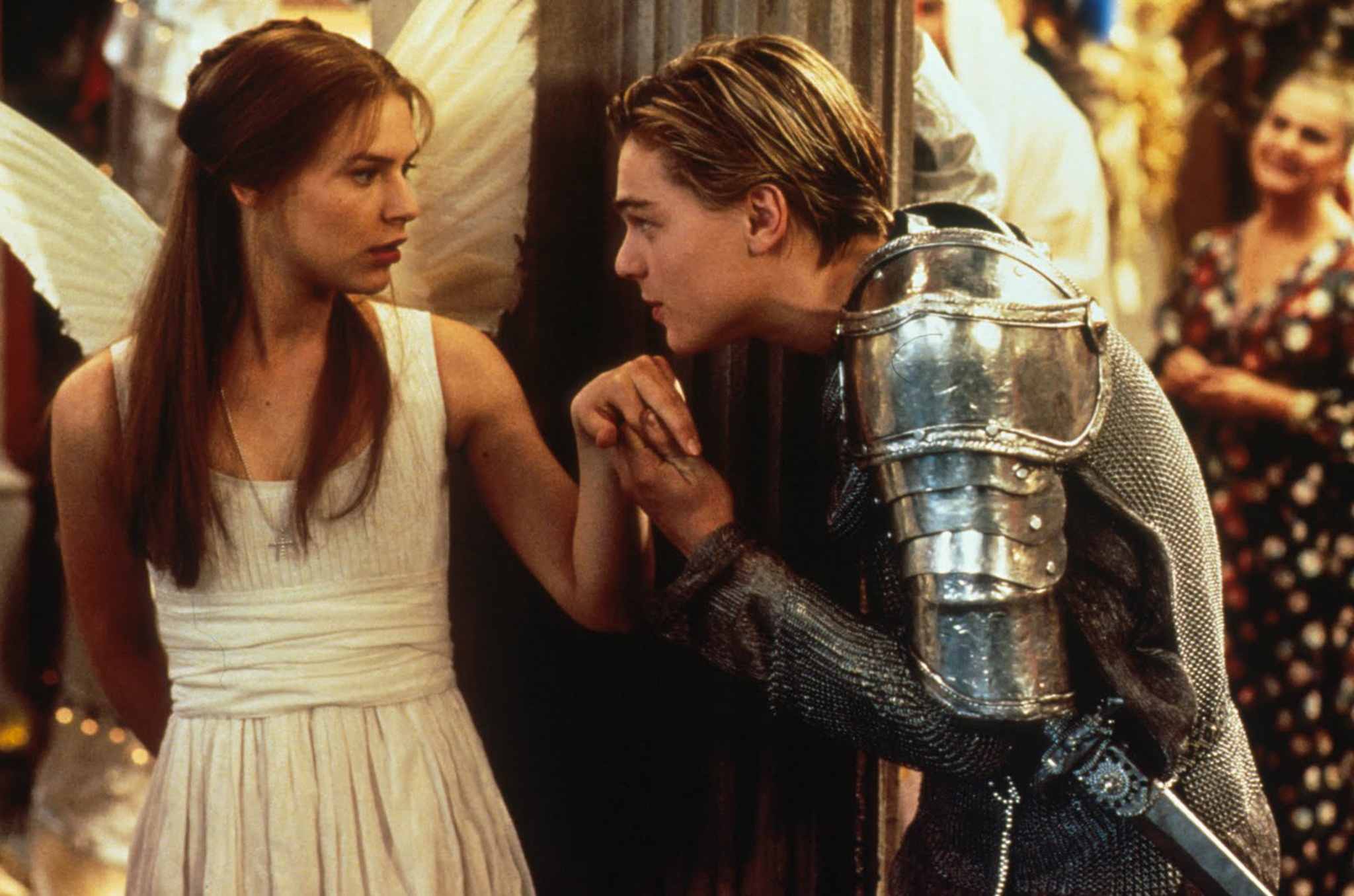“Opposites attract” is a myth: You likely share many traits with your partner

- While “opposites attract” is a popular notion, recent findings in Nature Human Behavior challenge this belief for long-term relationships.
- The paper examined millions of partnerships and found that couples tend to have more similarities than differences in personality, behavioral, and physical traits.
- This phenomenon, known as assortative mating, suggests that individuals with similar characteristics are more likely to pair up, although the exact reasons for this are not fully understood.
There’s some truth to the old maxim that “opposites attract.” An iron-clad example is magnets, whose north and south poles are reliably drawn to each other. In Chinese philosophy, yin and yang represent complementary opposites, like order and chaos. And in buddy-cop movies, you’re likely to watch a lovable yet rule-flouting detective balanced out by a reserved, by-the-book partner.
But when it comes to marriage and other long-term partnerships, this maxim seems to break down. That’s the takeaway from a recent meta-analysis showing that partners tend to have far more in common than not when it comes to personality, behavioral, and physical traits.
Busting the “opposites attract” myth
The paper, published in Nature Human Behavior, included two parts. The first part was a meta-analysis analyzing data from 199 peer-reviewed studies that collectively involved more than 8 million married couples, engaged couples, co-parents, and cohabitating partners. All were male-female partnerships and most lived in the U.S. or Europe. In particular, the researchers examined correlations for 22 traits commonly studied by psychologists, sociologists, and other researchers. These included measures like IQ, religiosity, depression, and political values, as well as the Big 5 personality traits: openness, extraversion, conscientiousness, agreeableness, and neuroticism. Traits like height and body mass index were also included.
The second part examined partner correlations using data from the UK Biobank, a biomedical database and research resource that contains detailed health and genetic information from approximately 500,000 volunteer participants in the UK. This study examined a total of 133 traits among opposite-sex partners, some of which overlapped with the first study.
Both studies revealed “widespread evidence of positive correlation” for most of the traits. For example, people with similar educational backgrounds tend to be in relationships with each other. The paper noted:
“Across both the meta-analyses and UKB raw data analyses, correlations for educational attainment, substance use measures, attitudinal traits, and behavioral traits were often moderate and relatively higher, whereas correlations for anthropometric, psychological (that is, psychiatric/personality), and health-related traits were typically low to moderate.”
To account for uncertainty in their estimates, the researchers reported adjusted 95% confidence intervals. (For example, a CI of 0.03 to 0.13 for extraversion suggests you can be 95% confident that the true correlation value for this trait lies somewhere between 0.03 and 0.13. A value close to 1 suggests a strong, positive correlation; a value near 0 suggests no correlation; and a value near -1 suggests a strong, negative correlation.)
The strongest correlations are listed below. (The first value is the point estimate, and the second shows the CI.)
- Educational attainment: 0.55 (0.5-0.6)
- IQ score: 0.44 (0.23-0.61)
- Political values: 0.58 (0.50-0.64)
- Religiosity: 0.56 (0.25-0.77)
- Alcohol drinking quantity: 0.42 (0.07-0.68)
Altogether, more than 80% of the correlation estimates analyzed in the studies were statistically significant in the positive direction. Only three traits — worrying, difficulty hearing, and chronotype (whether one is a night owl or morning lark) — were negatively correlated in a significant way. (For instance, a person who worries tends to be in a relationship with a person who doesn’t worry.) Interestingly, the correlation strength for the Big Five personality traits was positive but relatively low compared to the other 17 markers, with conscientiousness and openness being the strongest of the five.
Assortative mating
This study is far from the first research to counter the idea that opposites attract. Assortative mating — the phenomenon where individuals with similar traits are more likely to pair up — has long been observed among people and animal populations, and it is much more common than its counterpart: disassortative mating.
Still, it’s not exactly clear why. It could be that “like pairs with like” because it can be evolutionarily advantageous to do so. Or it could be a consequence of social stratification: Over time, similar groups of people might become concentrated in particular locations, professions, or social networks, making them more likely to pair up. Alternatively, a population of people might value specific traits, which creates a “mating market” dominated by individuals with those traits. In this scenario, people with desirable traits might select each other not out of a preference for similarity in itself but because they want a high-value partner — a process that indirectly promotes assortative mating.
Whatever the causes, the researchers noted that a better understanding of assortative mating may reveal useful information on public health problems (like the extent to which problem drinking might spread socially from partner to partner) and social inequalities, considering that the rise of income inequality in the U.S. can be partly explained by people choosing to partner up based on educational attainment.





